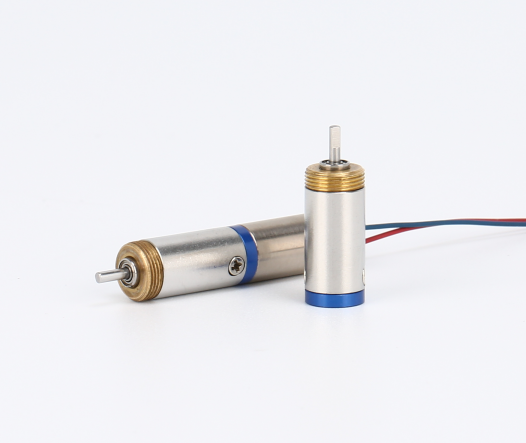The difference between hard tooth surface and soft tooth surface of gear reducer
- Author:赛仑特实业
- Origin:www.gdmotor.cn
- Time of issue:2021-12-13 10:31
- Pageviews:
(Summary description)Gear reducers are generally used for low-speed and high-torque transmission equipment. Ordinary motor reducers will also have several pairs of gears with the same principle to achieve the ideal deceleration effect. The ratio of the number of teeth of the large and small gears is the transmission ratio.
The difference between hard tooth surface and soft tooth surface of gear reducer
(Summary description)Gear reducers are generally used for low-speed and high-torque transmission equipment. Ordinary motor reducers will also have several pairs of gears with the same principle to achieve the ideal deceleration effect. The ratio of the number of teeth of the large and small gears is the transmission ratio.
- Categories:Industry information
- Author:赛仑特实业
- Origin:www.gdmotor.cn
- Time of issue:2021-12-13 10:31
- Views:0
Gear reducers are generally used for low-speed and high-torque transmission equipment. Ordinary motor reducers will also have several pairs of gears with the same principle to achieve the ideal deceleration effect. The ratio of the number of teeth of the large and small gears is the transmission ratio.
Gear reducers are generally used for low-speed and high-torque transmission equipment. Ordinary motor reducers will also have several pairs of gears with the same principle to achieve the ideal deceleration effect. The ratio of the number of teeth of the large and small gears is the transmission ratio. With the continuous development of the reducer industry, more and more enterprises have used the reducer. But the gear reducer has the difference between hard tooth surface and soft tooth surface.

The soft tooth surface reducer has a very wide range of applications. It is widely used in products with no hardness processing or the precision does not meet the requirements of the hard tooth surface, conveyors and other low-power equipment. In the process of gear transmission design, especially closed transmission, if the hardness of the gear is not fully considered in the design, it will have a great impact on the performance of the transmission system. For example, common gear failures: tooth surface pitting, tooth root fatigue fracture, etc., are related to gear hardness and gear quality. The gear reducer gear is divided into soft tooth surface and hard tooth surface according to the tooth surface meshing, which is reflected in the application as:
1. Soft tooth surface gear transmission (tooth surface hardness ≤ 350 HBS), at least one of a pair of gears has a soft tooth surface, and is often used in general low-speed gear transmissions with low precision requirements.
2. Gear transmission with hard tooth surface (hardness of tooth surface>350 HBS), both gears are hard tooth surface. It is often used in gear transmission with strong bearing capacity and small volume.
On specific equipment, such as winches generally use soft tooth surfaces, while hoists now mostly use hard tooth surfaces. The following points are usually considered when designing.
1. In the closed soft tooth surface gear transmission under normal working conditions. Soft tooth surface (≤350 HBS) steel gear transmission: mainly based on the contact strength of the tooth surface, designed according to the contact fatigue strength of the tooth surface; then checked according to the bending fatigue strength of the tooth root.
2. For gear transmission with closed hard tooth surface. Hardened tooth surface (>350 HBS) steel gear and cast iron gear transmission: mainly based on the bending strength of the tooth root, designed according to the bending fatigue strength of the tooth root; and then checked according to the contact fatigue strength of the tooth surface.
3. For open gear transmission. The main failure modes are tooth flank wear and tooth breakage caused by wear. The design criteria are as follows: the design calculation is carried out only according to the bending fatigue strength of the tooth root, the modulus is determined, and the designed modulus is increased by 10%-20% to consider the influence of wear.
Scan the QR code to read on your phone

Address: No. 15, Century Road, Baihao Industrial Zone, Houjie Town, Dongguan City, Guangdong Province
E-mail : a0sailuntejiansudianjijin1@gdmotor.cn
Contact number:86-0769-39017383
Contact phone:86-18002601103

Scan code access
COPYRIGHT © 2021 Dongguan Silent Industry Co.,Ltd ALL RIGHTS RESERVED




 86-0769-39017383
86-0769-39017383 Search
Search




